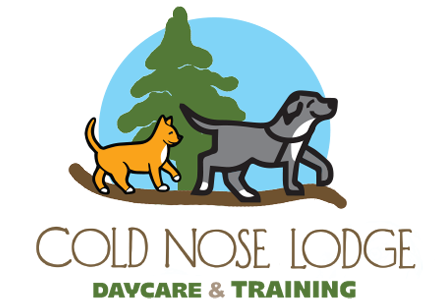One Simple Way to Save Money on Veterinary Bills
One Simple Way to Save Money on Veterinary Bills
We all know how expensive our beloved pooches can be, but one look from those puppy eyes or little nuzzle instantly reminds us that they are worth every penny. There is one expense that just isn’t as exciting as buying them that cool new leash and collar combo or gifting them a fun-filled day at doggy daycare. That expense is a vet bill. Not only can vet bills add up quickly, battling health issues with your pup and waiting for a diagnosis can be scary and stressful.
What if I told you that there is one reliable way to lower vet bills, give your dog the best shot at a healthy life with extended longevity, and give them a gorgeous shiny coat? What if I told you that it is simple to reap these benefits without changing your daily routine? Making sure that your dog is getting proper nutrition and selecting the correct dog food formulation for your dog’s specific needs can make all the difference—no magic pills or potions necessary.
This is no exaggeration and it doesn’t have to cost a fortune. There are great affordable options. We want to give you the tools to make sure your dog lives a long and happy life. Choosing the right food for your dog can:
- Help Prevent Disease and Boost Immunity

- Get Your Dog Looking and Feeling Their Best
- Aid in Digestion and Nutrient Absorption
- Help to Eliminate Pesky Issues (ex. dandruff and excessive scratching)
Let’s take a look at the label on your pup’s food. Here’s a breakdown to help you decipher the label and evaluate the quality of the food you are feeding your friend:
The Guaranteed Analysis (GA)
The GA is a list of nutrient values akin to the Nutrition Facts panel we see on people food. It’s mandated by federal and state regulations. The federal regulations are enforced by the FDA while states have their own labeling regulations. Most states have elected dog food labeling standards established by AAFCO (Association of American Feed Control Officials). These regulations require dog food companies to list the minimum percentages of crude protein and crude fat and the maximum percentages of crude fiber and moisture.
So, let’s dig into these values.
We have crude protein, crude fat, and crude fiber. What does crude mean anyway? When we refer to “crude oil” we mean unrefined, does that translate in this application? The answer is no. In this case “crude” has nothing to do with the quality of the nutrients, but rather the method used to determine the quantity of the nutrients. Organic compounds that are used to calculate the values you see listed in the GA are identified by laboratory analysis and/or computer software.
Overwhelmed? Don’t be.
Simply put, the GA lets you know the percentages of fat, protein, and fiber in your dog’s food. These values vary from food to food. Depending on age, activity level, health, weight, and a variety of other factors, different dogs do well on foods with higher or lower percentages of these nutrients. Attend our nutrition seminar to find out what percentages are optimal for your dog.
What about moisture? Moisture is the water content in your dog’s food. Dry food will, of course, have less water content than wet food. This percentage is used to calculate dry matter basis in order to compare the nutrition of various dog foods.
The Ingredients List
Easier to grasp is the ingredients list. How do we know what ingredients are best?
One good rule of thumb is to look for specificity. A quality brand doesn’t have anything to hide. For example, not all “by-products” need be avoided like the plague. Liver is a by-product that can be a very healthy and beneficial part of your dog’s diet, but make sure that the label lists the ingredient specifically. The vague ingredient “by-products” can be made up of cheap and unhelpful scraps.
Specificity is also crucial when looking at the first ingredient on the list. Ingredients are listed by weight. The first ingredient should always be the main source of protein. Broad terms like “meat” and “poultry” are often signs of a subpar food. We want to know what we’re paying for! Chicken? Duck? Salmon?
Are you cringing because you peeked at the label on your dog’s food and see that the first ingredient on your dog’s food is a type of “meal”? You’re not in the doghouse! Meals are highly concentrated protein powders. They are the end product of rendering where the water is baked away, drying the meat. Remember how I said that ingredients are listed by weight? The weight of a whole meat, chicken for example, is recorded before the cooking process. This means that a large percentage of that weight is water which quickly catapults it to the top of the ingredients list regardless of its actual weight in the end product. On the other hand, meals like chicken meal are weighed when they are already in their highly concentrated powder form.
I know this is a lot of information to digest (no pun intended). There are plenty of healthy dog food options in all prices ranges. Stop in to Cold Nose Lodge at 235 W. Penn Ave, Alburtis PA 18011 during our business hours and we’ll be happy to guide you to the best option for your pup.
We hope to see you soon!
